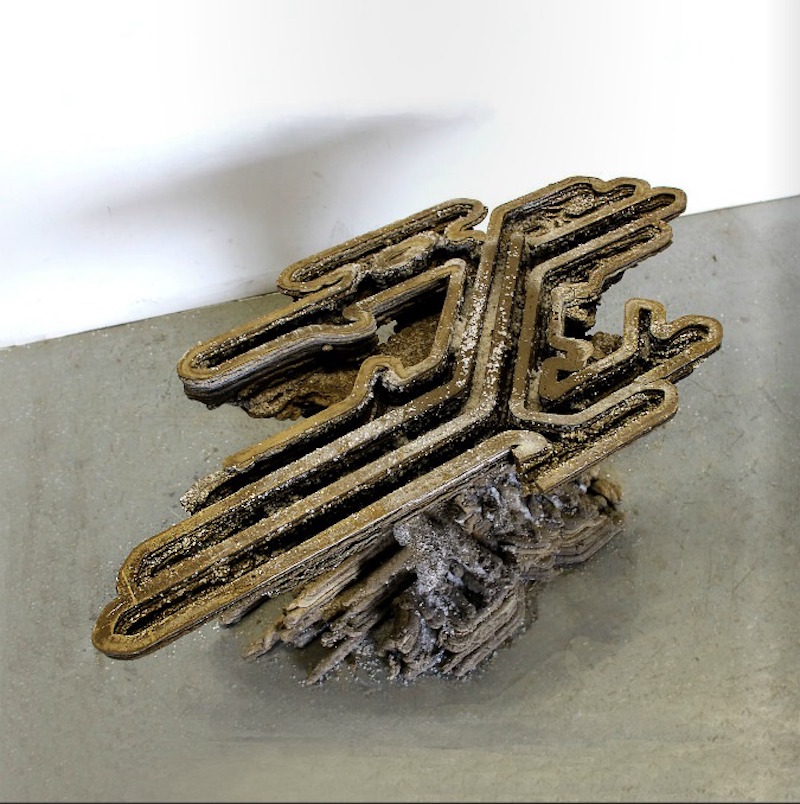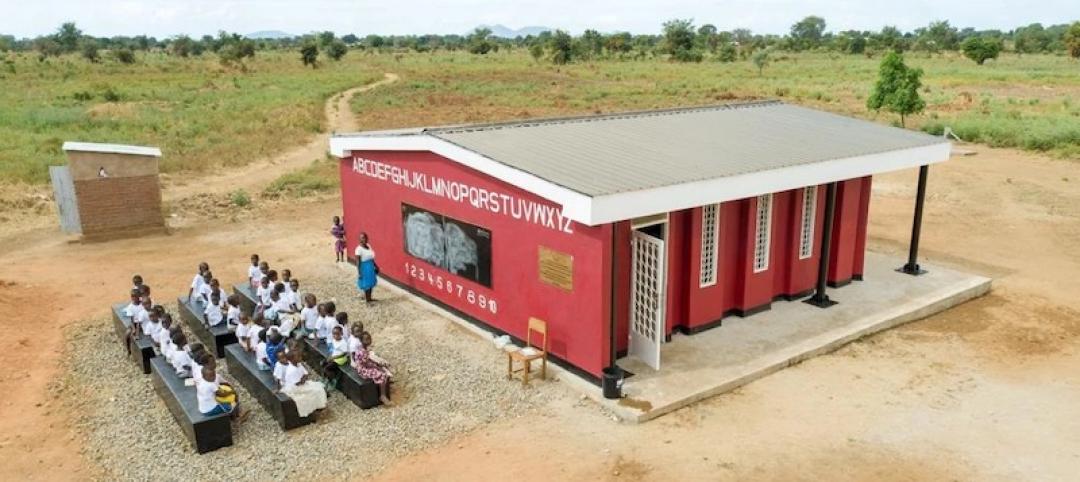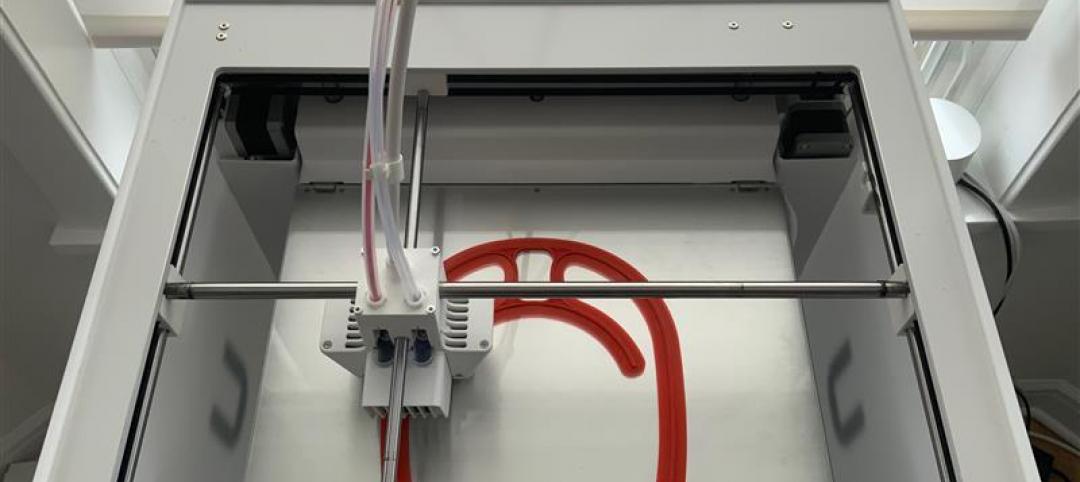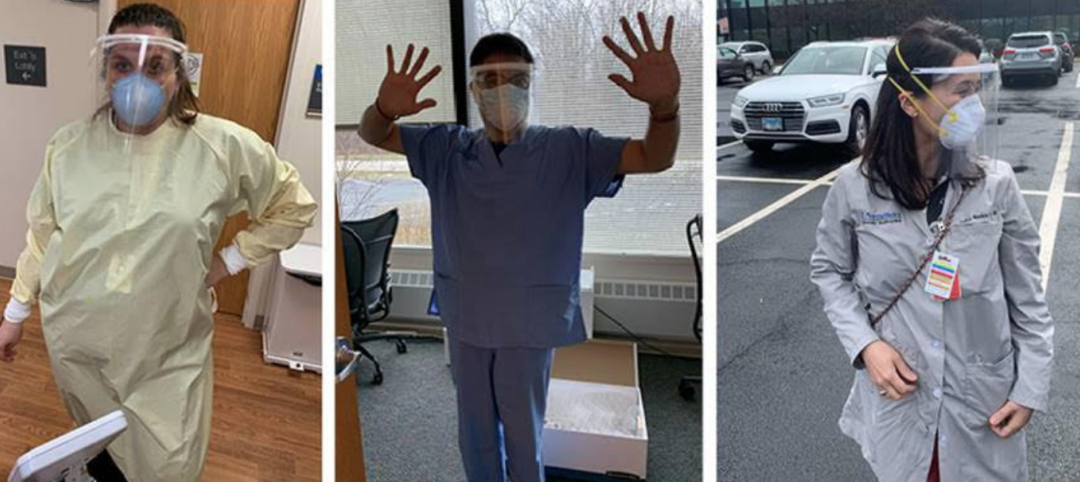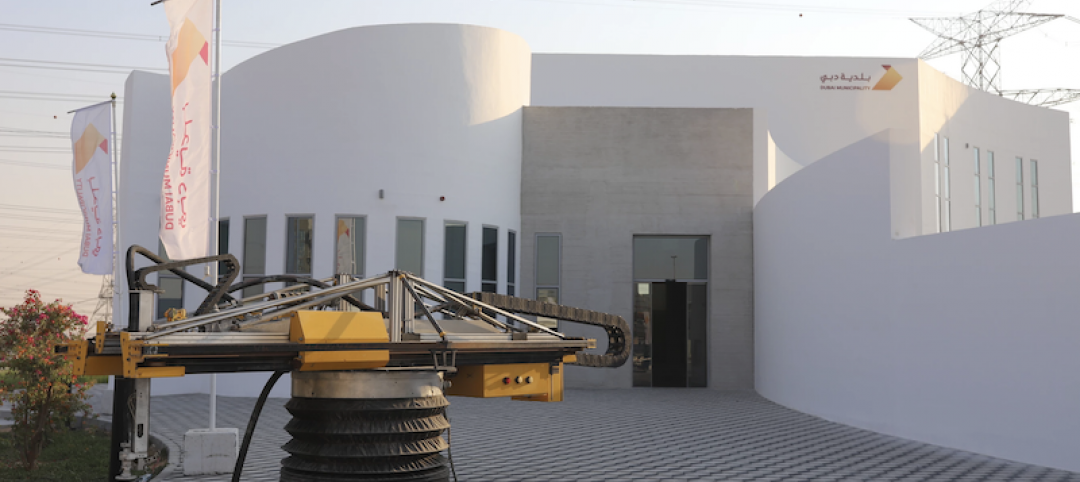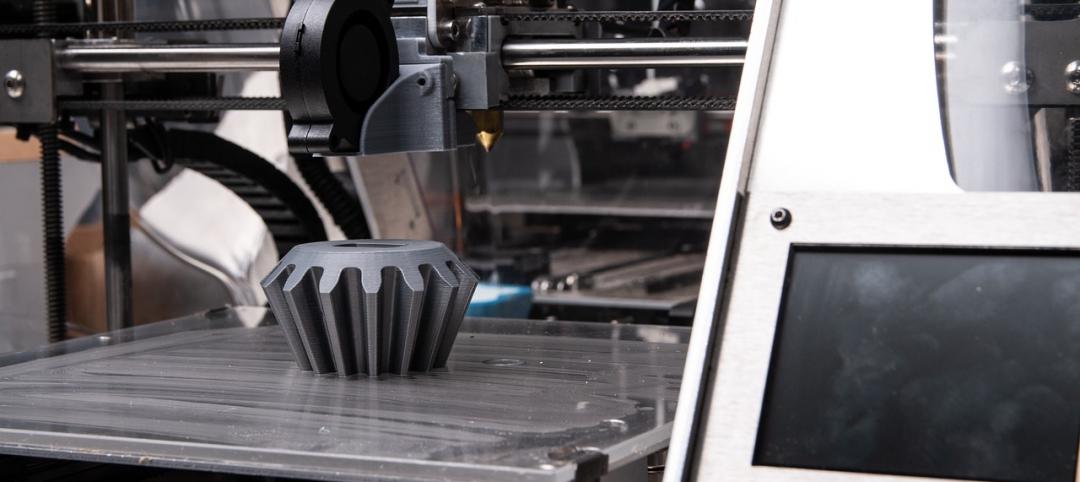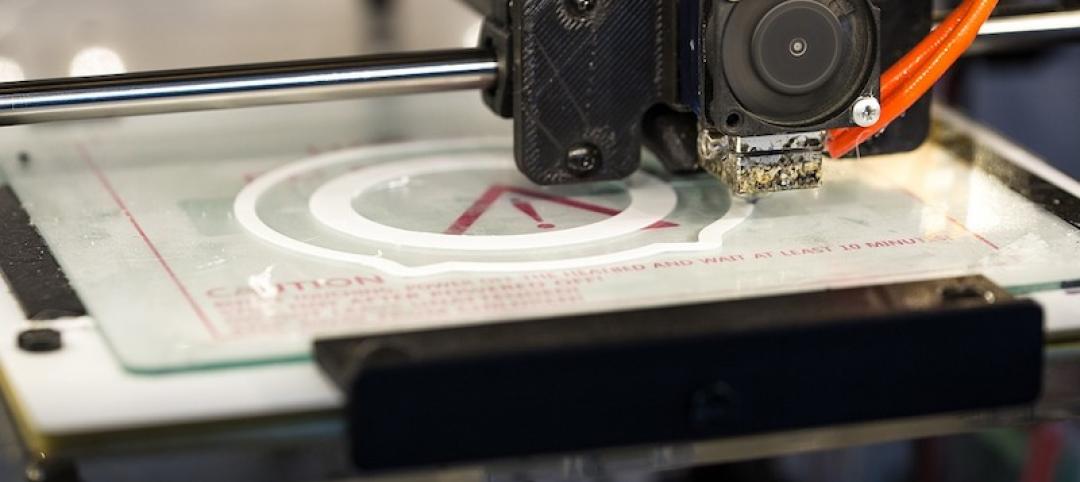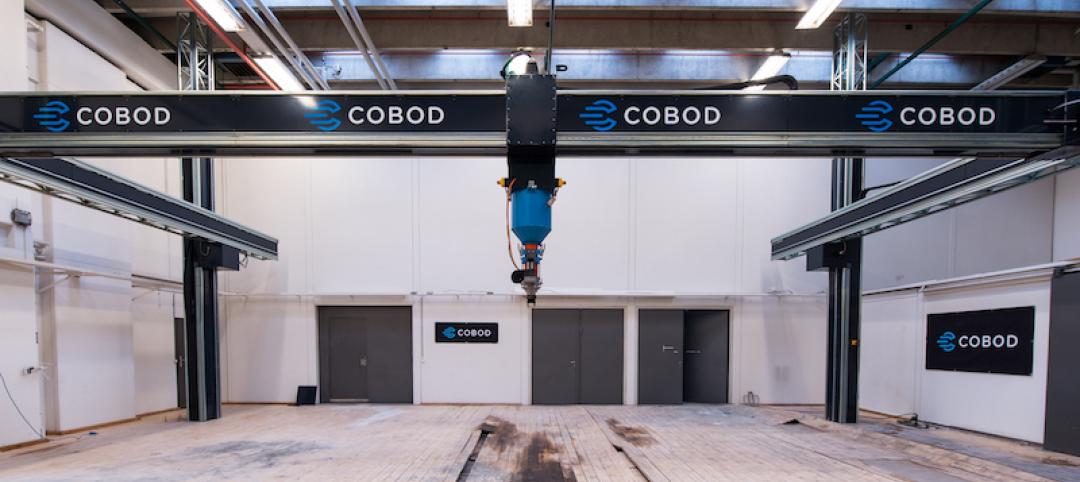The 3D printer has been the “It” piece of technology for the past couple of years. From creating useful little trinkets around the house like doorstops, drink coasters, and tablet stands, to more complex items like showerheads, platform jacks, and articulated lamps, the 3D printer is quickly shedding its label as a novel piece of technology and transforming into something much more useful and important.
For example, if the astronauts aboard the International Space Station require a tool they don’t have, the $10,000 per kilogram price tag attached to launching something into orbit precludes them from just sending one up. So, what do they do? They 3D print the tool they need, of course.
3D printers are advancing so quickly that Nike believes a future of 3D printed athletic shoes is not far off.
But what about the here and now? Recently, four Masters students from Bartlett School of Architecture developed a new method for 3D printing concrete structures. Their new method allows for these structures to be self-supporting and built on a larger scale than before.
The team, known as Amalgamma, is made up of Francesca Camilleri, Nadia Doukhi, Alvaro Lopez Rodriguez, and Roman Strukov. Their project, Fossilized, combines two methods of concrete 3D printing, according to ArchDaily.
Fossilized combines the extrusion printing method and the powder printing method, as the team explains in its portfolio.
“This combination of techniques has given rise to a form of supported extrusion, whereby the concrete is extruded layer-by-layer over a bed of support material,” Amalgamma writes. “Due to the support, the resulting extruded concrete is of a much higher resolution with larger overhangs than the results produced by the current practices studied.
“The support extrusion method has therefore presented the opportunity to design forms that are more varied and more volumetric, as opposed to the very straight vertical forms so far achieved in practice.”
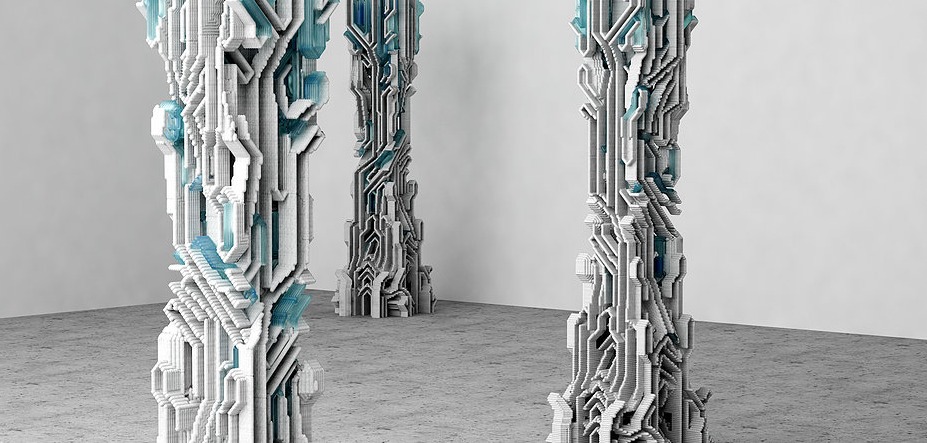 Image: © Amalgamma
Image: © Amalgamma
Amalgamma goes on to say that while it still might not be possible to print an entire structure from start to finish, something like a floor-wall-ceiling assembly or a stair-floor-wall assembly printed as one whole piece could very well be possible with this method.
Most 3D printing processes that are used today for construction print large pieces and then bring them to the construction site to be assembled. This is due to the fact that creating an entire building at once would mean that the 3D printer would need to be larger than the building it was constructing.
Here is how the Fossilized process works: concrete is extruded from a robotic arm one layer at a time and is laid over a bed of granular support material, which is deposited by a second tool on the same robotic arm. Then, a binder is incorporated to harden pieces of the granular support. This produces a multi-material piece.
Once the model is printed, it then needs to be extracted from the bounding box. When it is dry enough, the bounding box, as well as the support material, is removed. The model is then cleaned with compressed air and moved to a ventilated area to harden.
The next step Amalgamma will be working on is to integrate multiple materials into the printing process and combine the granular support with the printed concrete.
Related Stories
3D Printing | Jun 29, 2021
The world’s first 3D printed school completes in Malawi, Africa
A COBOD BOD2 printer was used to create the building.
3D Printing | Nov 27, 2020
The Fibonacci House: A test case of 3D construction printing
The Fibonacci House, which we have named after Leonardo Fibonacci, the medieval Italian mathematician, illustrates the potential of 3DCP and demonstrates how a complex design and challenging logistics can be solved through pragmatic planning and 3DCP technology.
Coronavirus | Apr 15, 2020
3D printing finds its groove fabricating face shields during COVID-19 crisis
The architecture firm Krueck + Sexton is producing 100 shields for a Chicago-area hospital.
Coronavirus | Apr 4, 2020
COVID-19: Architecture firms churn out protective face shields using their 3D printers
Architecture firms from coast to coast have suddenly turned into manufacturing centers for the production of protective face shields and face masks for use by healthcare workers fighting the COVID-10 pandemic.
AEC Tech | Feb 13, 2020
Exclusive research: Download the final report for BD+C's Giants 300 Technology and Innovation Study
This survey of 130 of the nation's largest architecture, engineering, and construction firms tracks the state of AEC technology adoption and innovation initiatives at the AEC Giants.
3D Printing | Dec 10, 2019
6,888-sf Dubai Municipality building is the largest 3D printed building to date
Apis Cor 3D printed the building.
3D Printing | Sep 17, 2019
Additive manufacturing goes mainstream in the industrial sector
More manufacturers now include this production process in their factories.
3D Printing | Jun 10, 2019
Thornton Tomasetti invests in 3D printing firm
XtreeE focuses on large-scale 3D-printing for the AEC industry.
3D Printing | Mar 14, 2019
Saudi Arabia just purchased the largest 3D construction printer in the world
COBOD developed the printer, dubbed the BOD2.
3D Printing | Dec 7, 2018
Additive manufacturing heads to the jobsite
Prototype mobile 3D printing shop aims to identify additive manufacturing applications for construction jobsites.


